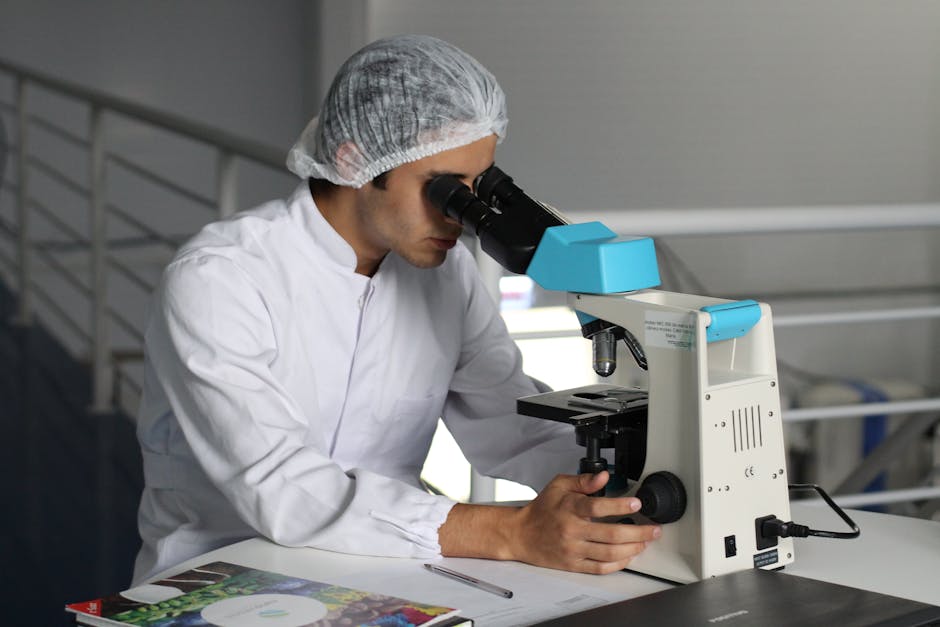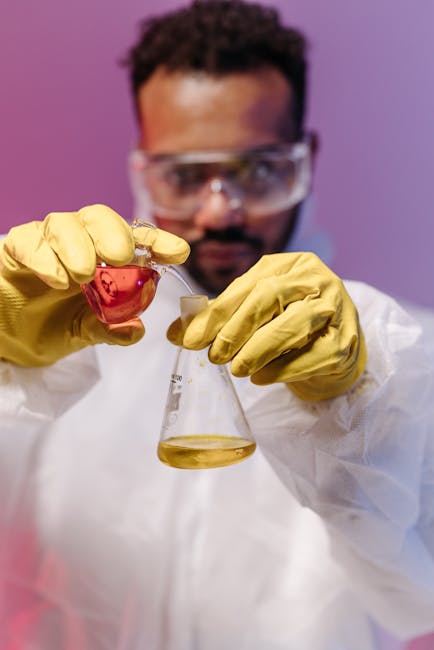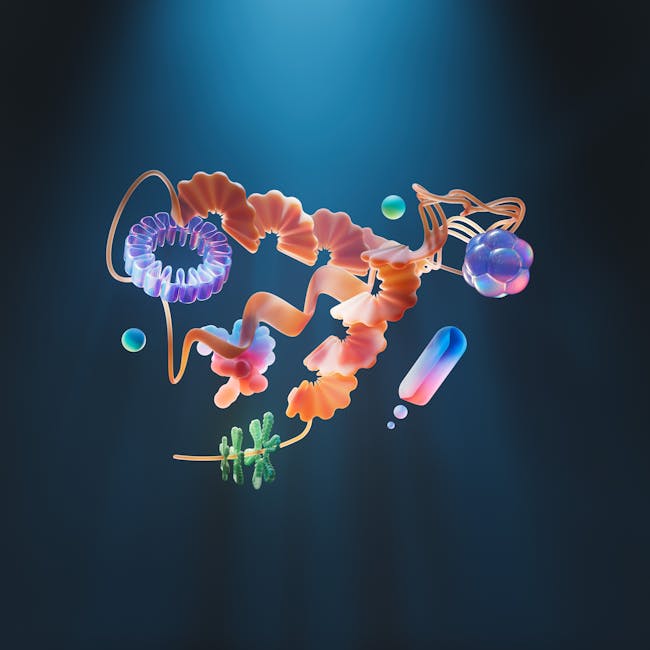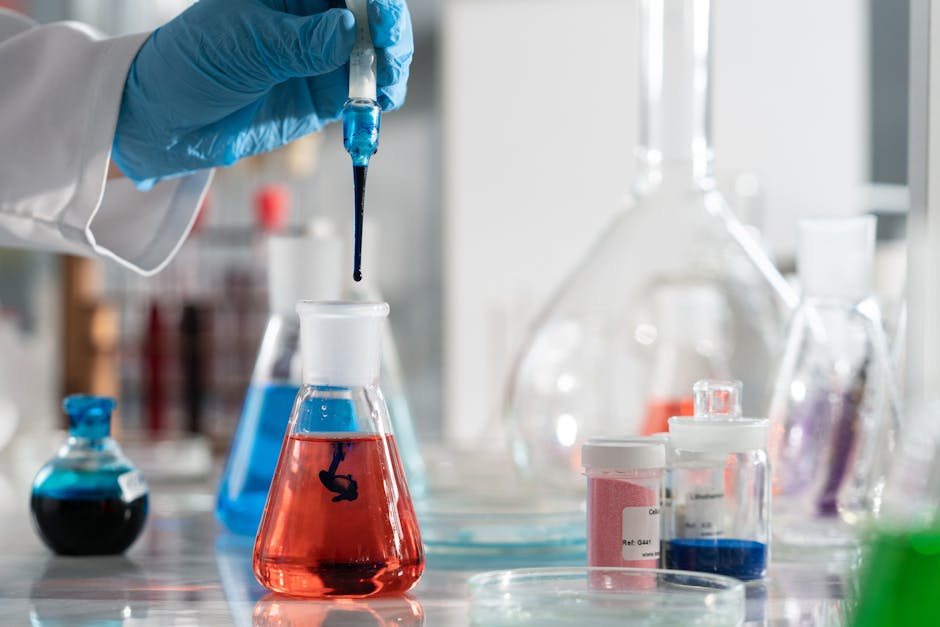The Fundamentals of Chromatography: A Beginner’s Guide
What is Chromatography? At its core, chromatography is a laboratory technique for separating a mixture into its individual components. The name itself provides a clue: “chroma” meaning color and “graphein” meaning to write. The technique was first developed by the Russian botanist Mikhail Tsvet in 1900 to separate plant pigments like chlorophyll (which are green) …









